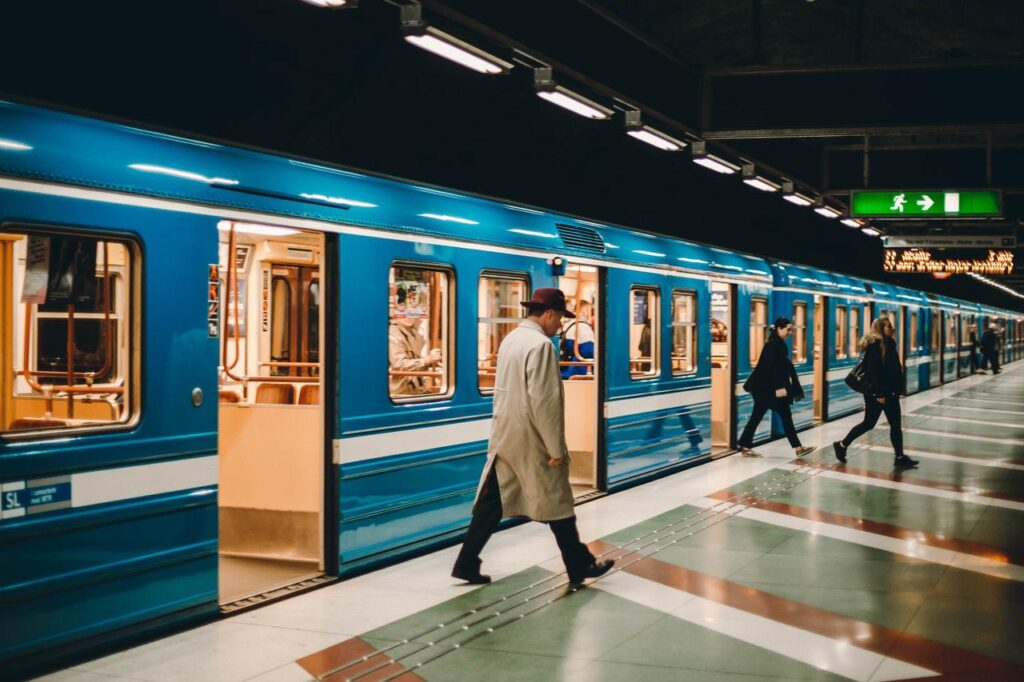
One of the first few things that governments worldwide have to put in lockdown during the height of the pandemic was the mass transit systems. In fact, in places like Paris, commuters have to show subway operators a certificate from their employers asking them to come in for work. Businesses had to allow their employees to work from home, arranging flexible working hours to ensure that they won’t have to come in for work if they don’t have to.
Even as restrictions have already been lifted and most mass public systems are in 90% capacity, the damage has already been done. Public transport ridership is down to record-lows. In April 2020, it was down to 70% to 90% across the globe. Even with safety protocols in place, many commuters are naught to take the bus and train. In fact, many of them are now taking their own cars to wherever they need to go—work, malls, and groceries.
This caused revenues to plummet. Although research showed that public transportation is not causing a spike in COVID-19 positive cases even in mass transit system-reliant countries such as Japan and Hong Kong, commuters are still wary of riding buses and trains. The problem is that governments can no longer approve a fare hike for these companies. Known for their adaptability and customer-centered service, Singapore’s SMRT did not increase public transport rates last year, despite potential losses. While these may have a slight negative impact on the premier transportation company, it was a necessary move for the future. That decision did not take into account the impact of the pandemic.
Safety Measures
The trick for mass transport systems is to follow strict guidelines to eliminate the chances of spreading the virus. It spreads through droplets, which means face masks and social distancing are the best arsenals against its spread. Many transport companies created new routes to make sure that there are fewer commuters in a certain period. More than anything else, all over the world, public transport systems are requiring passengers to wear a face mask and to follow strict social distancing measures. No more crowded subways and buses for now.
Aside from wearing masks and social distancing, three other things need to be done. These are disinfection, communication, and contact tracing technology. For example, in the United States, 63% of respondents said that they want trains to be disinfected between trips. They believe this will better stop the spread of the virus.
Smart Commuting
How are different countries responding to the pandemic? In Singapore, public transport gave health care workers the priority at the height of the pandemic. Japanese commuters don’t sit beside each other and don’t talk with each other. They also wear masks all the time. New York and France asked employees to consider a work-from-home setup, so employees don’t have to commute to work anymore. The United Kingdom is using artificial technology to detect overcrowding in platforms and trains. It will also monitor social distancing.
Some of the world’s biggest mass transit networks are now using touchless payment options. This is a very critical development in trying to stop the virus from spreading in trains and buses. It will remain relevant in preventing future pandemics and outbreaks. London, Beijing, and New York are already using touchless or digitized payment methods.
What the Public Wants
The public has varying opinions when it comes to their favored safety measure in public transportation. Americans, Canadians, and Germans rankdisinfection between trips as first, the British want handwashing stations in subways, the French, Chinese, and Italians put wearing face masks as a priority, and Australians ranked disinfection between trips and handwashing stations as the most important. The Spanish want disinfection between trips and mandatory face masks for riders.
Supporting Healthcare Workers
Countries worldwide are also doing their best to support healthcare workers in building new routes and prioritizing them in mass public transport. Several transport systems added or changed services to connect essential workers to medical facilities. There were also dedicated shuttles that will take them to and from hospitals and medical centers. The public transport sector, after all, has a huge role to play in shuttling these essential workers to where they need to be. This role will help these workers fight the virus and save as many lives as they can.
The inoculation of vaccines is now underway in many countries. Passengers will start having confidence in commuting again. This will present a new challenge. More passengers mean more chances of spreading the virus. Hopefully, the stringent measures of wearing masks, disinfection, social distancing, and hand washing stations will keep the virus at bay for now.